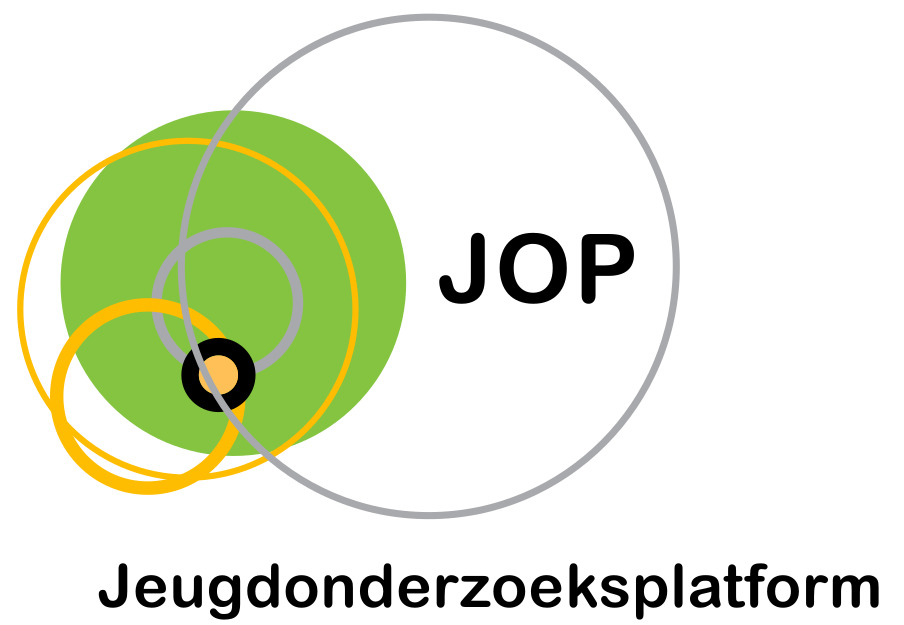A Conditional Process Analysis on the Relationship Between the Use of Social Networking Sites, Attitudes, Peer Norms, and Adolescents’ Intentions to Consume Alcohol.
Auteurs
Beullens, K. & Vandenbosch, L. (2016).

Abstract
Het bezoeken van socialenetwerksites is een belangrijk onderdeel geworden van de vrijetijdsactiviteiten van adolescenten. De huidige cross-sectionele enquête (n = 674) onder adolescenten in de leeftijd van 13–16 jaar was gericht op het onderzoeken van een voorwaardelijk procesmodel over de relaties tussen het gebruik van sociale netwerksites door adolescenten en hun beschrijvende / voorlopige normen, attitudes en intenties met betrekking tot alcoholgebruik. Ten eerste ondersteunen de resultaten dat blootstelling aan alcoholgerelateerde inhoud op sociale netwerksites de beschrijvende en dwingende normen van respondenten over alcoholgebruik voorspelt. Adolescenten die vaker worden blootgesteld aan alcoholgerelateerde inhoud, zijn van mening dat een groter aantal van hun vrienden alcohol consumeert en dat dit gebruik sociaal aanvaardbaar is. Deze beschrijvende en dwingende normen waren positief geassocieerd met de drinkintenties van adolescenten. Ten tweede ondersteunen de resultaten dat de relatie tussen dwangnormen en intenties sterker is voor respondenten die vaker worden blootgesteld aan alcoholgerelateerde berichten op Facebook. Over het algemeen werpen de resultaten meer licht op de complexe associaties tussen sociale netwerksites, alcoholgebruik en de rol van leeftijdsgenoten in deze relatie.
Visiting social networking sites has become an important part of adolescents’ leisure activities. The current cross-sectional survey (n = 674) of adolescents aged 13–16 years aimed to examine a conditional process model on the relationships between adolescents’ use of social networking sites and their descriptive /injunctive peer norms, attitudes, and intentions regarding alcohol use. First, the results support that exposure to alcohol-related content on social networking sites predicts respondents’ descriptive and injunctive norms on alcohol use. Adolescents who are more frequently exposed to alcohol-related content believe that a higher number of their friends consume alcohol and that this use is socially acceptable. These descriptive and injunctive norms were positively associated with adolescents’ drinking intentions. Second, the results support that the relationship between injunctive norms and intentions is stronger for respondents being more frequently exposed to alcohol related messages on Facebook. Overall, the results shed more light on the complex associations between social networking sites, alcohol use, and the role of peers in this relationship.
Referentie
Beullens, K. & Vandenbosch, L. (2016). A Conditional Process Analysis on the Relationship Between the Use of Social Networking Sites, Attitudes, Peer Norms, and Adolescents’ Intentions to Consume Alcohol. Media Psychology, 19(2), 310-333.
Taal
Engels
Publicatievorm
Tijdschriftartikel
ISBN – DOI
10.1080/15213269.2015.1049275
